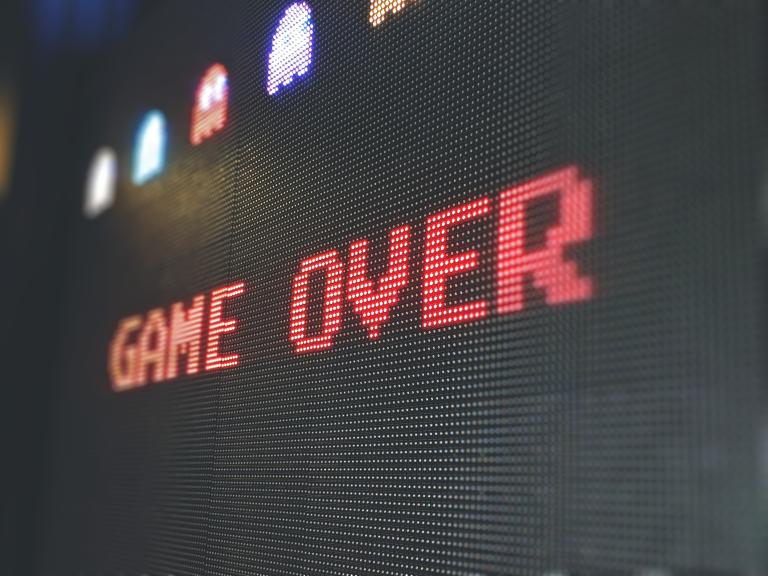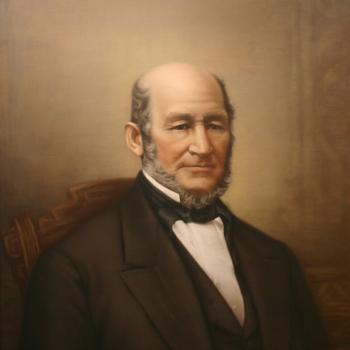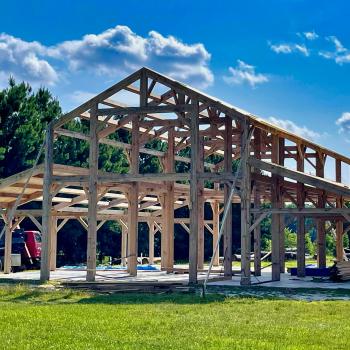When I was a kid, I played a lot of video games. I spent hours of my life in front of a screen, controller in hand, trying to “level up”. The process was straightforward: overcome the challenges and obstacles in front of you as you progress further into the world you are in; beat the bad guy at the end; go ahead to the next, more difficult level; and eventually “beat the game”.
As an adult, I find that there are some similarities to the way video games work. But there are a lot of differences as well. The process is pretty similar. You have to face what is in front of you. You learn and grow (sometimes are reborn). Your experience adds to your skills, learning how to overcome a challenge preps you for the next, and there are levels of progression to let you know you are on the way.
The major difference is that in adulthood, it is sometimes hard to tell what game you are playing, what direction is forward, and how to know you are on the “next level”
A THERE in Four Stages
Most of us approach our lives too much like a video game. We show up and face today’s obstacles. We assume it will lead us forward, propel us toward success. We assume we are on the right journey.

As adults, we have to design the game before we play it, so to speak. We certainly cannot control every nuance, outcome, and obstacle. What I mean is we get to decide what game we are playing, what vision we are chasing. What is the prize at the end?
We design the game top-down and then we have to play it bottom up. Let me show you what I mean and then explain why it works this way.
There are four “levels” when it comes to the game of life. What we have to figure out, before we can truly play in earnest, is what is the prize, the purpose. What is the point? What is the nature of the game? We call this a Transcendent THERE, a vision that encapsulates our values and fundamentally describes who we are and why we are living. Without this, our overcoming of obstacles has no direction, our progress has no accountability. When we are designing a life for ourselves, we have to start with the big picture. The ultimate why.
The level just below that is what we call a Strategic There. Think of this like the big boss you have to defeat at the end of a particular game. The strategies are the different pathways that get you to your Transcendent There. They are like several hiking trails leading up a mountain. It is the way in which you summit the purpose of life. How you win. And a Strategic There is the last stop at the top of those hiking trails. It is the last thing you have to accomplish in order for that strategy to be fulfilled. When you accomplish this, you are participating in your Transcendent There to the degree that strategy allows. But there are always more strategies. There is no “beating the game”. There is only participation or forfeit.

When thinking top-down, we start with the big picture, the mission, the reason. And then we determine what strategies will usher us there. We solidify the Strategic There when we figure out a) what the hiking trail is and if/how it leads to the summit and b) name that last task that lets us know the strategy has been achieved or fulfilled.
The level below strategy is Milestones. Like checkpoints on a race, a milestone is a big accomplishment that lets you know you are progressing significantly.
The level below that is the first level: Goals. What do I need to do today, this week, this month?
So, when we are “designing” our game. Trying to discern not just how to win but what winning really means, we have to think of it top-down. Why? How do we get there ultimately? How do we know we are making significant progress? What do we need to do in the immediate future?
The reason this is so hard is because practically speaking, we play the game bottom up. We have to focus on accomplishing our goals before we can reach Milestones. This is the “grind” of daily life. People have to work on today’s work before they can get to tomorrow’s. You have to play one level at a time.
The Power of Alignment
Many of us make one of two mistakes. First, we ignore the realities of today’s tasks because we just want to be at the end (or at least at a Milestone further away). Or, we obsessively chip away at each day’s activities with no vision in mind. We just put out the flamiest fires and address the squeakiest wheels. We don’t know why or if they are leading anywhere. We don’t know what game we are playing, if it is really what we want to be doing, or if/why it matters.
Said another way, we are out of alignment.
The key to a meaningful life is intentionality. We have to be intentional about designing a mission (and it has to be a true mission based on our values or we will bail on it). This informs our strategies, our big milestones, and our goals. It sets us on a path. Otherwise, we are playing a thousand games at a time, tossed about by the winds and waves of circumstance and peer pressure, never quite sure what we are doing or why.
Intentionality aligns all four of these levels and sets them in their proper order. As we create a plan, top-down, we set an awareness and a purpose for what we are doing. And as we live, bottom-up, the plan helps motivate us, give us markers of progress, and propel us toward the meaning that is so elusive for so many.
















